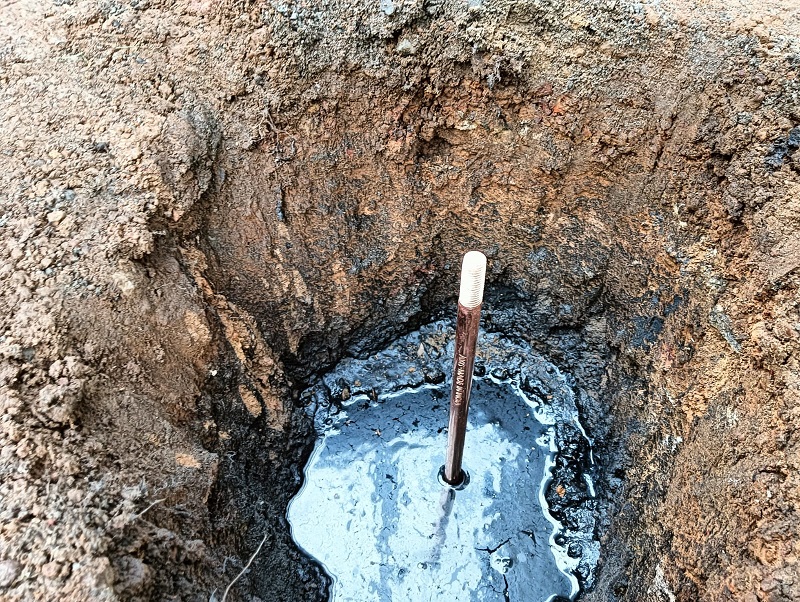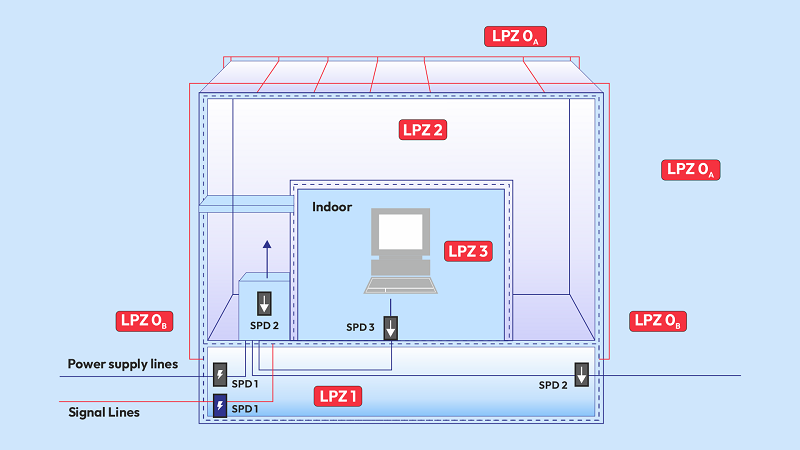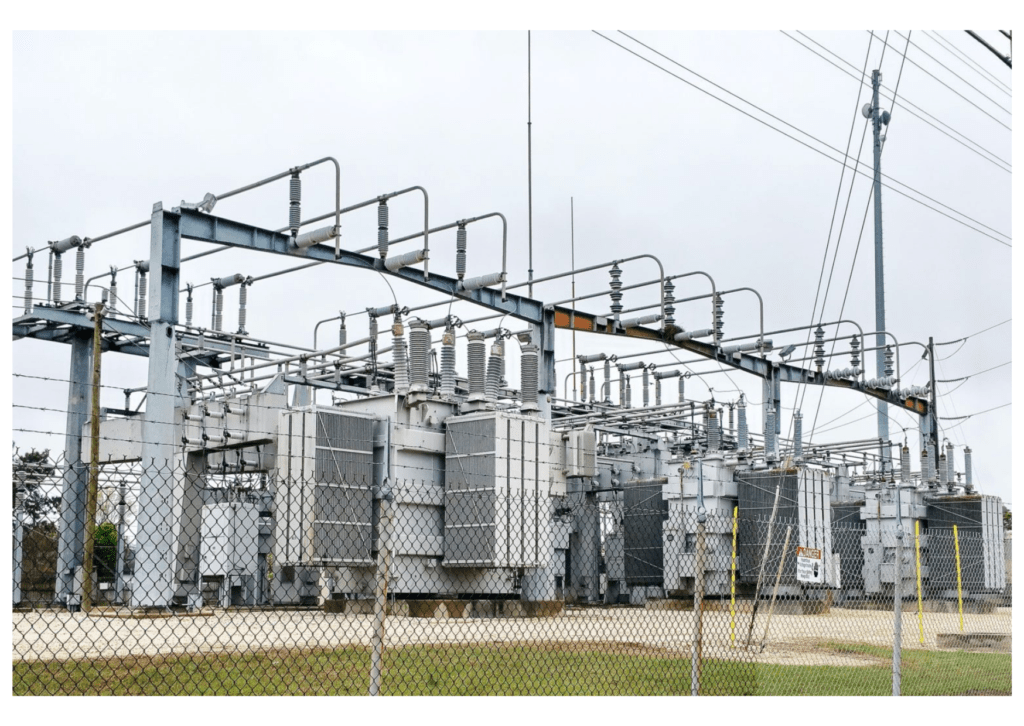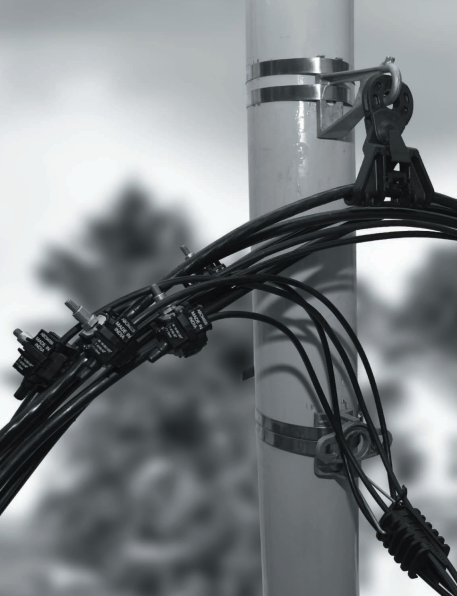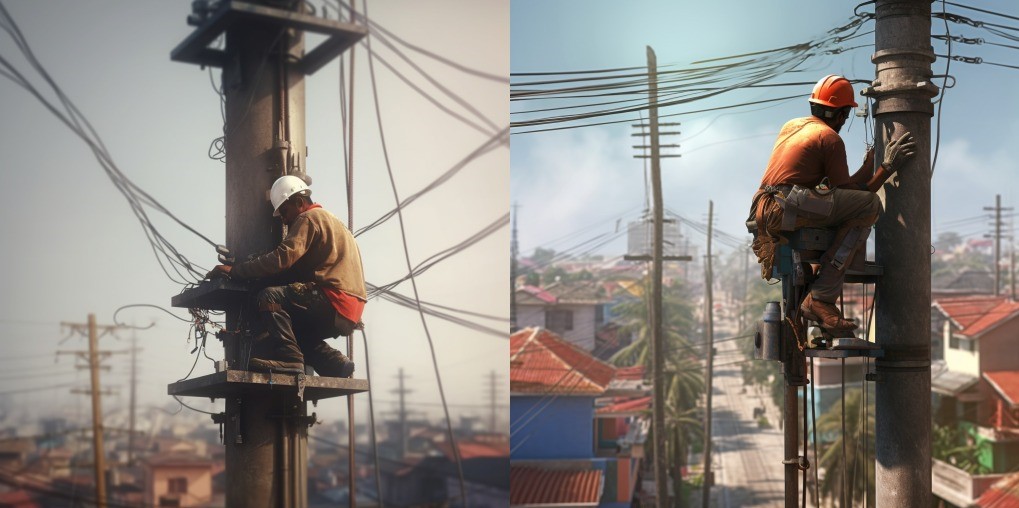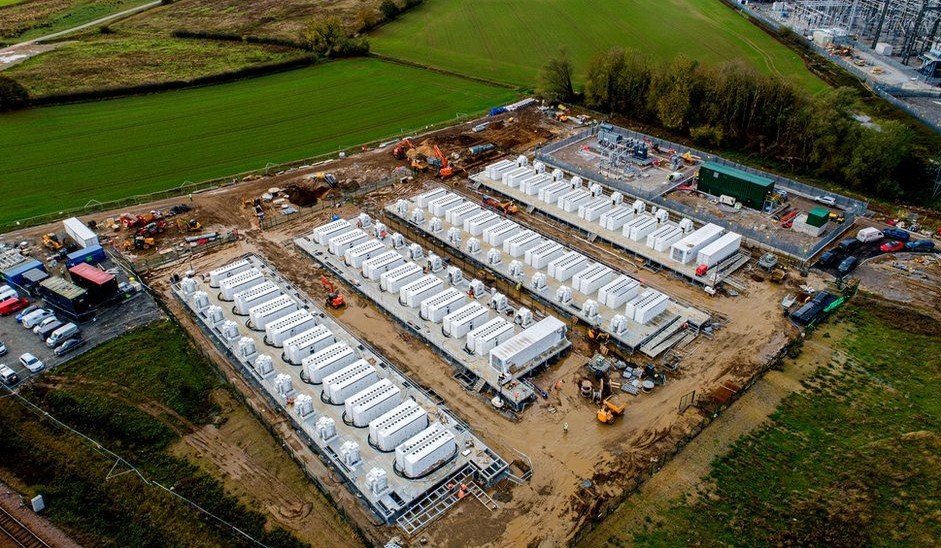Rod Earthing – Which Type Should You Use?
For safe electrical earthing and bonding, the choice of an appropriate Rod Earthing is pivotal for ensuring safety, reliability, and longevity of electrical installations. Rod Earthing serve as a crucial component in grounding systems, providing a path for fault currents to safely dissipate into the earth. This blog delves into …

